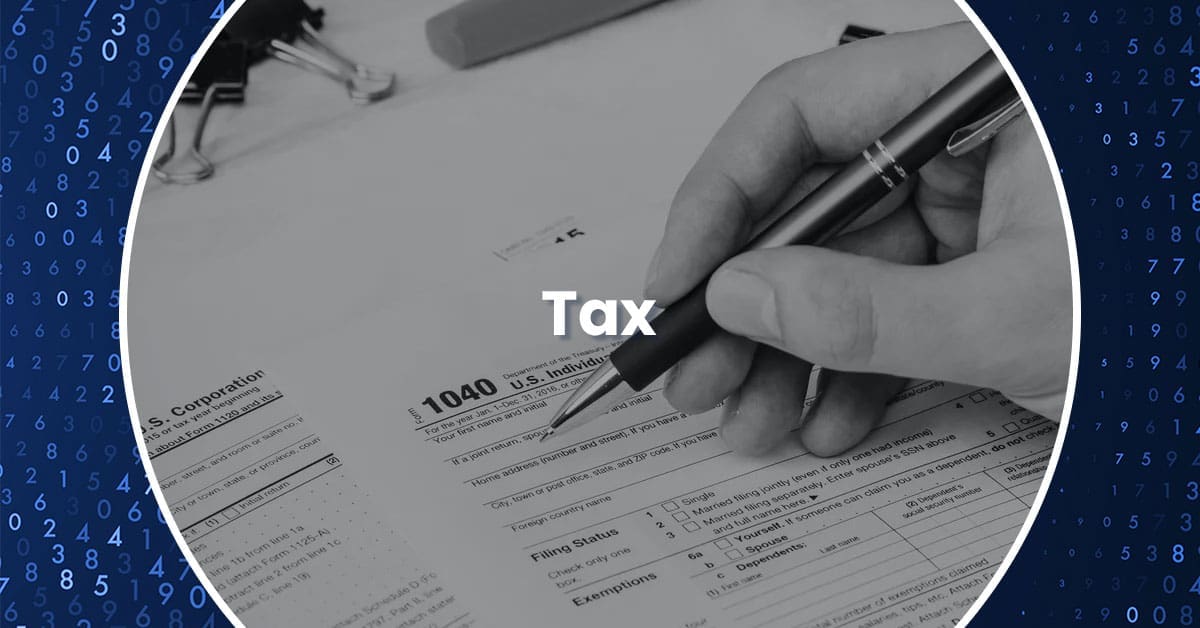A third version of H.R. 5376 (the Build Back Better Act) was released on November 3, 2021 by the House Budget Committee. This draft increases the state and local tax deduction, brings back many of the retirement proposals from the original September 13 draft of the Build Back Better Act, and retains the surcharge on high-income individuals, estates and trusts from the October 28 version. Below is a summary of where things stand today.
Income Tax
State and Local Tax Deduction
Individual taxpayers are currently limited to a $10,000 state and local tax deduction through 2025. This third draft of the Build Back Better Act would increase the limitation to $72,500 ($32,250 for estates, trusts and married individuals filing separately) and extend the deduction through 2031. This proposal would be effective for taxable years beginning after December 31, 2020.
Section 1202 – Qualified Small Business Stock
Taxpayers are currently eligible for 75% and 100% exclusions for sales of qualified small business stock (QSBS). The proposal would eliminate the 75% and 100% exclusions for sales of QSBS acquired after February 17, 2009, and sold after September 13, 2021, unless the sale was made pursuant to a written binding contract already in place and not materially modified thereafter. The proposal would apply to taxpayers whose adjusted gross income equals or exceeds $400,000 and to trusts and estates.
Under the current 50% exclusion rules, the remaining 50% QSBS gain is taxed at 28%. The excluded QSBS gain is considered an alternative minimum tax (AMT) preference item, which, when considered along with the net investment income tax on the taxable half of the gain, results in an effective rate of 16.88% for QSBS acquired after February 17, 2009, and sold after September 13, 2021. In addition, high-income taxpayers may also be subject to the surcharge discussed below.
Net Investment Income Tax
Under the current rules, net investment income does not include income derived in the ordinary course of a trade or business or income attributable to the disposition of property earned outside of a passive activity. The proposal would eliminate those carveouts and others, while broadening the type of income subject to net investment income tax (NIIT).
NIIT applies to the greater of “specified net income” or net investment income for high income individuals, estates and trusts. “Specified net income” includes net investment income even if derived in the ordinary course of a trade or business and other gross income and net gains attributable to the disposition of property, even if earned outside of a passive activity or the trade or business of trading financial instruments or commodities. Certain foreign income is includible in the definition of net investment income. Net investment income would not include any item taken into account in determining self-employment income.
The proposal would apply to taxpayers whose modified adjusted gross income exceeds $500,000 for married individuals filing jointly and surviving spouses, $250,000 for married individuals filing separately, $12,500 for estates and trusts and $400,000 for all other tax filers. The proposal would be effective for taxable years beginning after December 31, 2021.
Excess Business Loss Limitation
Under a temporary provision, excess business losses (EBLs) of non-corporate taxpayers that exceed $500,000 for joint filers ($250,000 for all other taxpayers) are disallowed and treated as net operating losses in the following year; however, the provision is set to expire on December 31, 2026. The proposal would make the temporary provision permanent and modify how a disallowed EBL is treated. Instead of treating the disallowed loss as a net operating loss in the following year, the EBL would be treated as a deduction attributable to a taxpayer’s trades or businesses when computing the EBL in the subsequent year. The third draft further provides that any excess EBLs held by an estate or trust upon termination of the estate or trust would be allowed as a deduction to the beneficiaries succeeding to the property of the estate or trust. The proposal would be effective for taxable years beginning after December 31, 2020.
Surcharge on High-Income Individuals, Estates and Trusts
There is currently no surcharge imposed on high-income individuals. The latest draft of the Build Back Better Act would impose a 5% surcharge on modified adjusted gross income that exceeds $5 million for married individuals filing separately, $200,000 for estates and trusts and $10 million for all other individuals. An additional 3% surcharge would be imposed on modified adjusted gross income in excess of $12.5 million for married individuals filing separately, $500,000 for estates and trusts and $25 million for all other individuals. The proposal would be effective for taxable years beginning after December 31, 2021.
Retirement Plans
Annual Contributions to Plans
Annual contributions to retirement plans are not currently limited by the value of the retirement plans owned by a taxpayer. The proposal would prohibit annual contributions by “applicable taxpayers” to “applicable retirement plans” (which includes tax-qualified defined contribution plans, IRC Section 403(b) and 457(b) plans, and traditional and Roth IRAs) if the total value of all the taxpayer’s applicable retirement accounts exceeds $10 million as of the end of the prior year. Applicable taxpayers are head of household filers with modified adjusted taxable income in excess of $425,000, married individuals filing jointly and surviving spouses with adjusted taxable income in excess of $450,000, and all other taxpayers with adjusted taxable income in excess of $400,000. Both the $10 million cap and income limitations would be indexed for inflation beginning after 2029. The proposal would be effective for taxable years beginning after December 31, 2028.
Minimum Required Distributions from Plans
Taxpayers are not currently required to take additional distributions if the total value of their retirement plan accounts exceeds $10 million. The proposal would require applicable taxpayers (as defined above) of any age to take a minimum required distribution equal to 50% of the aggregate vested balances in applicable retirement plans in excess of $10 million. In other words, if an applicable taxpayer’s combined retirement plan account balances exceed $10 million at the end of the taxable year, the taxpayer would be required to take a minimum required distribution in the following year equal to 50% of the amount in excess of $10 million.
Further, if the taxpayer’s combined retirement plan account balances exceed $20 million, the taxpayer would be required to take distributions equal to the lesser of (i) the aggregate plan balances in excess of $20 million or (ii) the aggregate balances in Roth IRAs and designated Roth accounts in defined contribution plans. Once the taxpayer distributes the amount of any excess required under this distribution rule, the taxpayer then would be allowed to determine the retirement accounts from which to make distributions in satisfaction of the 50% distribution rule.
The proposal would be effective for tax years beginning after December 31, 2028.
Roth Rollovers and Conversions
The current definition of a qualified rollover or conversion does not exclude any portion of the rollover or contribution that is not includible in gross income. The proposal would amend the definition of qualified rollovers and conversions to Roth IRAs to include only amounts that would be includible in gross income and subject to tax. The proposal would be effective for rollovers and conversions made after December 31, 2021.
“Back Door” Roth IRAs
“Back door” Roth IRA strategies currently allow taxpayers who exceed existing Roth income limits to make nondeductible contributions to a traditional IRA, and shortly thereafter, convert the nondeductible contribution from the traditional IRA to a Roth IRA. Current law also allows taxpayers to contribute to a Roth 401(k) plan regardless of income limits (including making non-Roth after-tax contributions) and convert such contributions to a Roth IRA. The proposal would prohibit applicable taxpayers from engaging in these “back door” Roth IRA strategies.
To eliminate these strategies, the proposal would prohibit Roth conversions for both IRAs and employer-sponsored plans for applicable taxpayers, as defined above. The proposal would be effective for distributions, transfers and contributions made in taxable years beginning after December 31, 2031 (10 years from now). However, for taxable years beginning after December 31, 2021, the proposal would prohibit all employee after-tax contributions in tax-qualified retirement plans and would prohibit after-tax IRA contributions from being converted to Roth IRAs regardless of income level.
IRAs and Self-Dealing
The proposal would include IRA owners as disqualified persons for the purposes of the prohibited transaction rules. However, unlike the original Build Back Better Act proposal, this third draft no longer expands the definition of “prohibited investments” in an IRA to include investments in which the IRA owner has a substantial interest.
The proposal would be effective for transactions occurring after December 31, 2021.

 Previous
Previous






